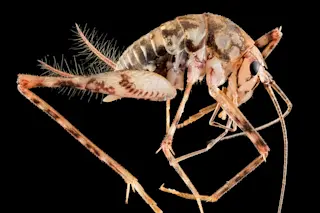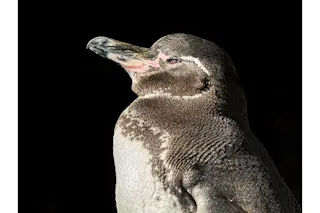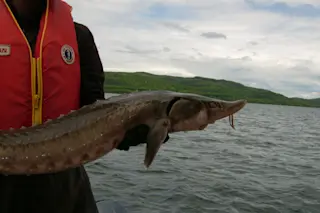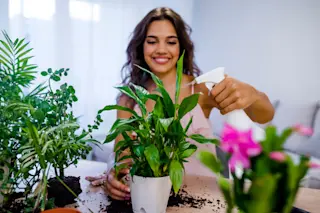The greenhouse camel cricket. Just a transient visitor or here to outcompete the native species? (Image Credit: Flickr / USGS CC BY 2.0)
Editor's Note: This is a guest post by Khishaana Johnson, describing a recently published study about Asian camel crickets that was aided by the efforts of citizen scientists across the country in the Camel Cricket Census a part of the Your Wild Life project. Khishaana is a graduate student in the Professional Writing certificate program at North Carolina State University.
In 1898, a biologist named S.H. Scudder reported a bizarre striped insect with a large humped back that had been sent to him from a Minnesota greenhouse. He declared it the greenhouse camel cricket, a pest, and then the critter was lost from the archives for over a century. Holly Menninger, an entomologist at North Carolina State University, was part of a triumvirate of scientists that uncovered ...














